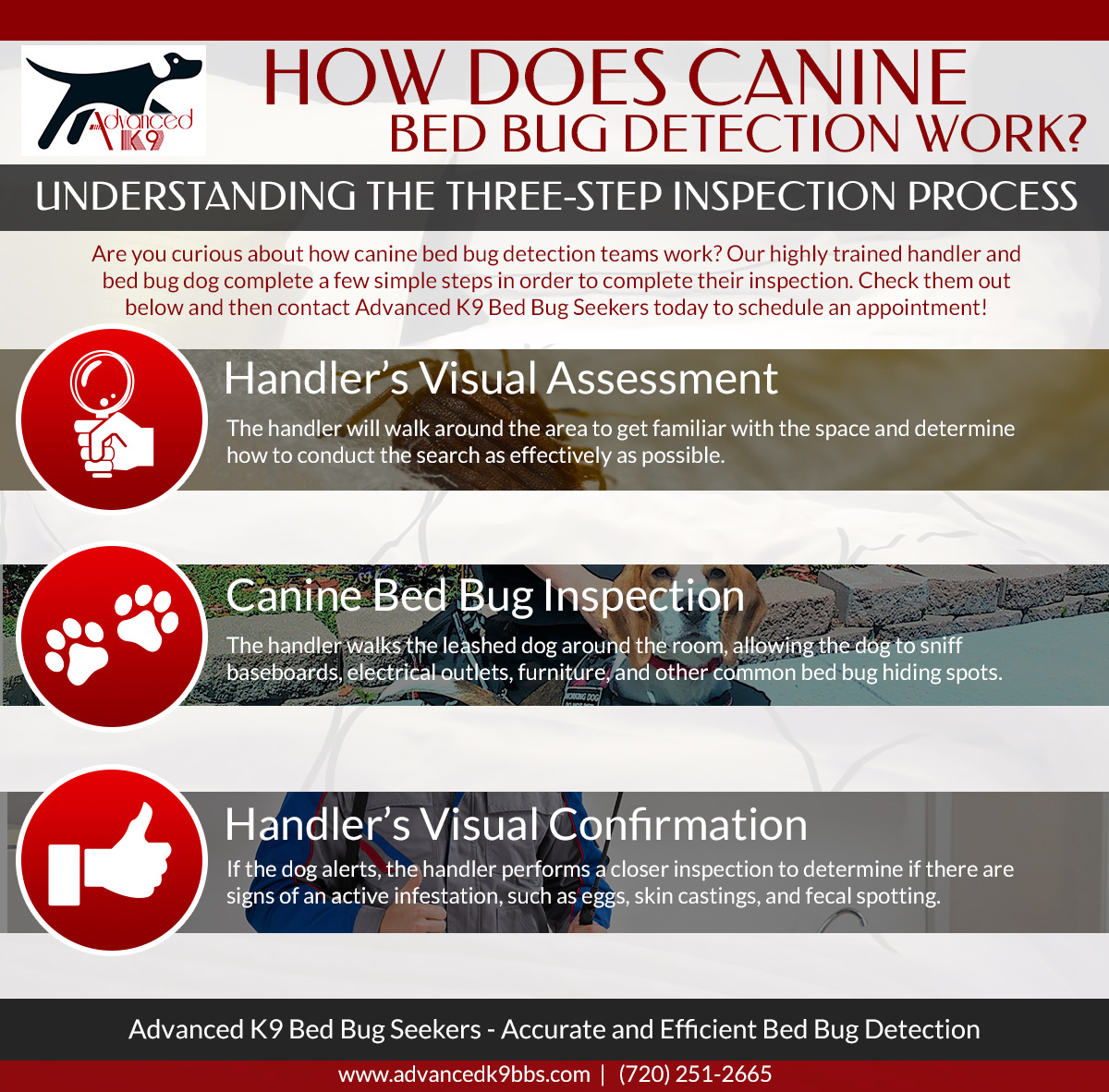The smart Trick of Bed Bug Services That Nobody is Discussing
Table of ContentsThe Only Guide to Bed Bug ServicesNot known Incorrect Statements About Bed Bug Services The Single Strategy To Use For Bed Bug ServicesBed Bug Services - An Overview
An expert-conducted bed bug inspection is far more detailed than a casual glance and demands careful attention. Bed bugs are small, elusive, and adept at hiding that often dwell in small hiding places in furniture and walls. Because of their hidden habits, a thorough inspection is essential to accurately locate and quantify infestations. Professional inspectors use a combination of tools, procedures, and knowledge to locate pests effectively, stopping infestations from worsening.The first step in any professional inspection involves knowing the habits and life cycle of bed bugs. Bed bugs belong to the order Hemiptera and undergo a life cycle that includes eggs, nymph stages, and adulthood. Adults are typically small, oval-shaped, reddish-brown, wingless, and equipped with long legs and antennae. Their mouthparts are designed to pierce skin and extract blood, resulting in clusters of itchy bites. Knowing these traits enables detection of likely areas for bed bug activity.
Early detection is critical for stopping the problem from spreading. Professionals look for specific indicators such as tiny ink-like droppings, molted skins, and egg clusters (Bed Bug Services). Female bed bugs are capable of laying hundreds of eggs, resulting in serious outbreaks. Evidence of shed exoskeletons or leftover eggs signals ongoing activity and demands thorough examination
Preparing for an inspection involves careful organization. Inspectors often suggest tidying up spaces to allow full access, which improves access to furniture and baseboards. Bedding and linens may be cleaned thoroughly and sealed in plastic bags, and then secured until the inspection is complete. Wall decor, mirrors, and pictures should be taken down to check hiding places. Vacuuming furniture and floors may capture visible bugs and eggs, and vacuum bags should be disposed of immediately outside.
The 9-Second Trick For Bed Bug Services
The inspection itself is comprehensive and careful. Inspectors examine mattresses, bed frames, and headboards, checking seams, folds, handles, and crevices. Upholstered furniture, including couches and chairs, is scrutinized to reveal any hidden pests. Baseboards, moldings, the edges web of wall-to-wall carpeting, electrical outlets, closets, and storage areas are also included in the inspection, as these can be key areas for infestation.
Specialized tools improve inspection effectiveness. Flashlights, magnifying lenses, multi-tools, and mirrors provide visibility in crevices and corners. Monitoring devices like interceptor traps or sticky pads this article help track bed bug activity over time. Some companies use detection dogs, which can locate live bed bugs quickly, distinguishing them from non-active traces.

Meticulous documentation is a key component. Inspectors maintain detailed notes of findings, areas affected, and next steps. This provides a reference for follow-ups and offers proof of inspection. Residents are often asked to avoid disturbing potential infestation signs, as this ensures accurate results.
After inspection, a monitoring plan may be recommended to follow up on findings. Continuous monitoring identifies surviving insects after treatment, and collecting feedback from occupants provides additional insight. Cooperation from residents enhances detection.
The Basic Principles Of Bed Bug Services

Professional inspections are more reliable than self-inspections. Trained inspectors know what to look for and where, ensure the correct pest is addressed, and confirm the situation accurately.
Bed bug inspections are particularly important in high-risk environments. Inspectors assess all connected areas to confirm complete assessment (Bed Bug Services). This prevents escalation and reduces treatment costs
In summary, a professional bed bug inspection includes identifying the pest, readying the environment, inspecting meticulously, employing tools, maintaining records, and ongoing monitoring. Each step supports early detection, informs treatment, and reduces future risk.
Our Bed Bug Services PDFs
